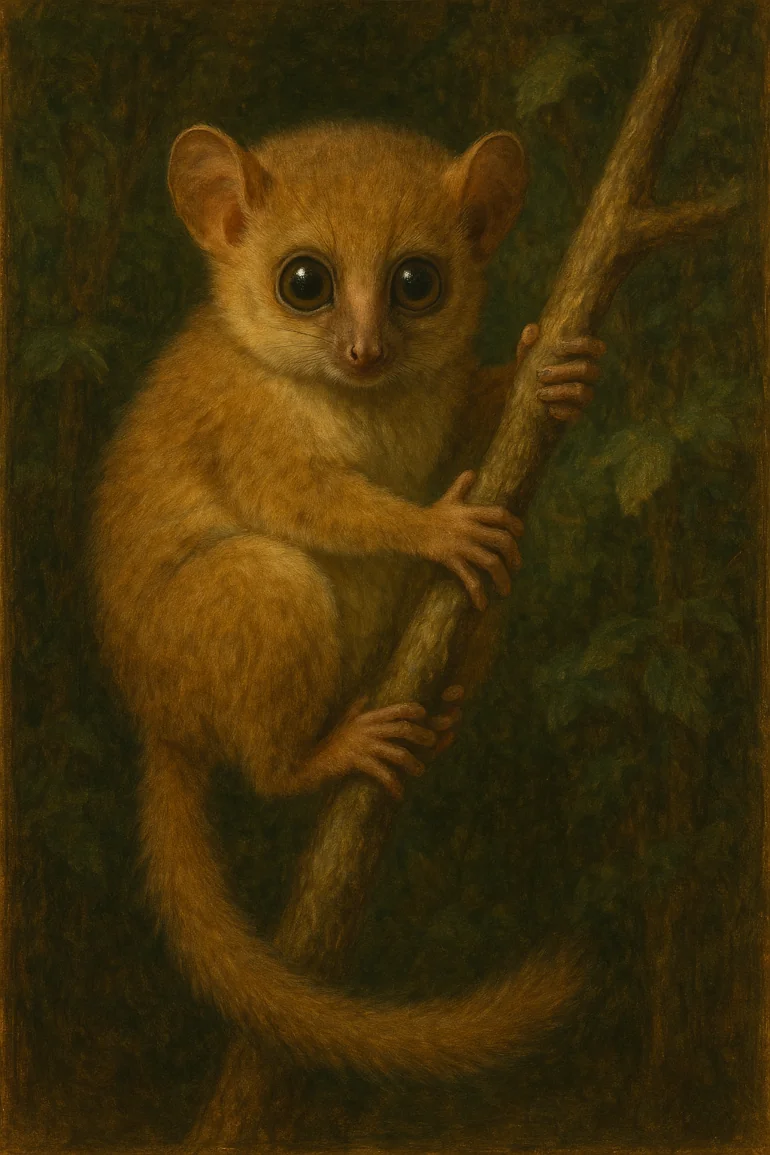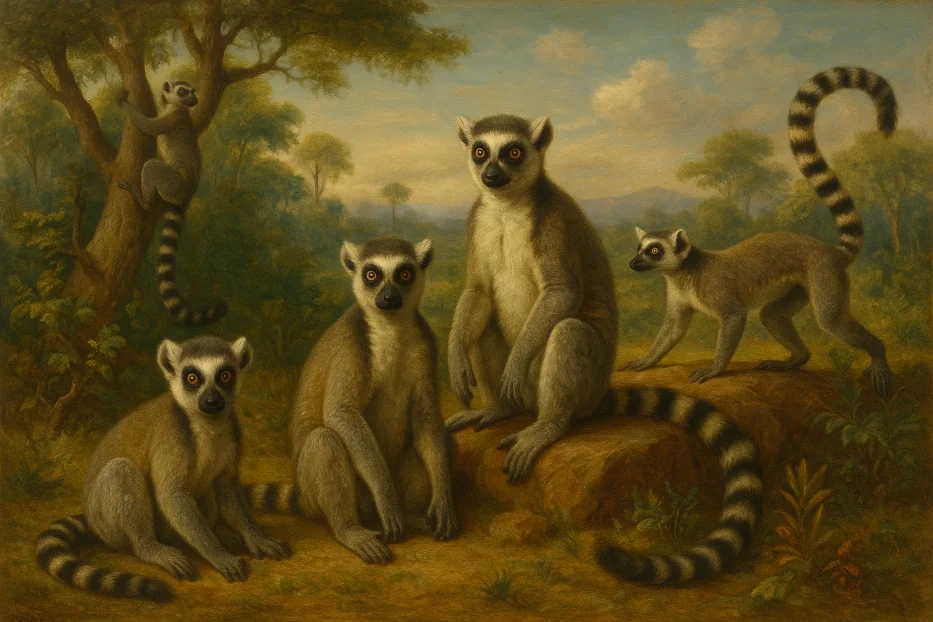Lemurs are not just Madagascar’s best-known animals; they’re also among the world’s most endangered mammals.
When you think of Madagascar, you probably imagine giant baobab trees, lush rainforests, and wide-eyed lemurs jumping from branch to branch. So, how many species of lemurs are there, and how many are in danger of disappearing forever? The answers reveal an urgent need for action.

Table of Contents
How Many Lemur Species Live in Madagascar?
Madagascar is the only place on Earth where wild lemurs naturally live. Isolated for over 150 million years, the island has allowed lemurs to evolve into an incredible range of species and subspecies: big, small, and all unique.
Today, scientists recognize 112 lemur species and subspecies. This number has increased in recent decades as researchers discover more about these fascinating primates through genetics, calls, and subtle physical differences.
The variety is astonishing. From the tiny Madame Berthe’s mouse lemur, the world’s smallest primate, weighing just a few ounces, to the Indri, the largest living lemur whose haunting calls echo through the forests, Madagascar’s lemurs come in many forms:
- Mouse Lemurs (Microcebus): Tiny, nocturnal, and quick.
- Indri (Indri indri): Known for their eerie, whale-like songs.
- Aye-Aye (Daubentonia madagascariensis): A weird, nocturnal lemur with a long, bony finger for digging insects out of trees.
- Sifakas (Propithecus): Famous for their graceful sideways hops on the ground.
- Bamboo Lemurs (Hapalemur): Specialists that eat bamboo loaded with cyanide, toxic to most animals!
This diversity makes Madagascar a one-of-a-kind biodiversity hotspot.

How Many Lemur Species Are Endangered?
Sadly, nearly all of Madagascar’s lemurs are at risk. According to the IUCN Red List, about 98% of lemur species are threatened with extinction, making them the most endangered group of mammals on Earth.
- 33 species are Critically Endangered
- 44 species are Endangered
- 20 species are Vulnerable
Only a handful are considered “Near Threatened” or “Least Concern.” In total, more than 90 lemur species face a high risk of extinction if nothing changes.
Why Are Lemurs Disappearing?
Several threats push lemurs closer to extinction:
Deforestation: Madagascar has lost over 80% of its forests due to slash-and-burn farming, illegal logging, and charcoal production. Lemurs lose their homes and food when forests vanish.
Hunting & Illegal Pet Trade: Some communities hunt lemurs for food or capture them for the illegal pet market, despite strict laws against it.
Climate Change: More frequent droughts, stronger cyclones, and rising temperatures make life even harder for these already struggling animals.

Most Critically Endangered Lemurs
Some species are hanging on by a thread:
- Sahafary Sportive Lemur (Lepilemur septentrionalis): Only 40 left.
- Greater Bamboo Lemur (Prolemur simus): Once thought extinct, now surviving in tiny pockets.
- Indri (Indri indri): Sacred in Malagasy culture but rapidly losing habitat.
How Are Lemurs Being Protected?
There is hope. Many organizations work tirelessly to protect Madagascar’s lemurs, forests, and communities. Groups like Madagascar National Parks, Duke Lemur Center, Durrell Wildlife Conservation Trust, and WWF Madagascar lead efforts to:
- Create community-based conservation projects that help locals protect forests while earning a living.
- Restore lemur habitats through reforestation.
- Promote responsible ecotourism that benefits local communities and wildlife.
About 20% of Madagascar’s forests are now in protected areas, helping to keep precious habitat safe for many endangered lemurs.
How Can You Help Lemurs?
You don’t have to travel to Madagascar to make a difference. Here’s how you can help save lemurs today:
- Donate to trusted lemur conservation groups.
- Spread the word about Madagascar’s amazing lemurs and their struggle for survival.
- Never buy lemurs as pets or products made from endangered wildlife.
- If you visit Madagascar, choose ethical tours that support conservation and local people.
Lemurs have survived for millions of years; now they need our help to survive the next few decades. By acting now, we can keep Madagascar’s magical lemurs leaping through the trees for generations to come.

